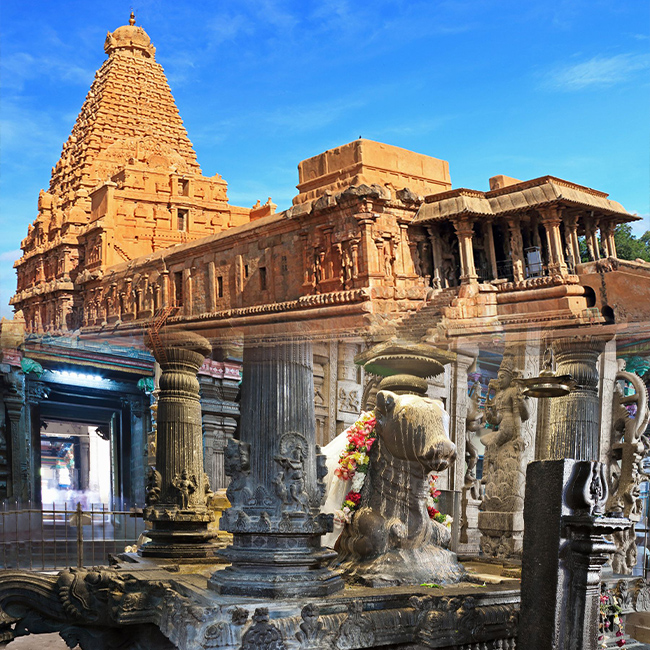

Jain Rituals and Traditions at Shravanabelagola: A Closer Look
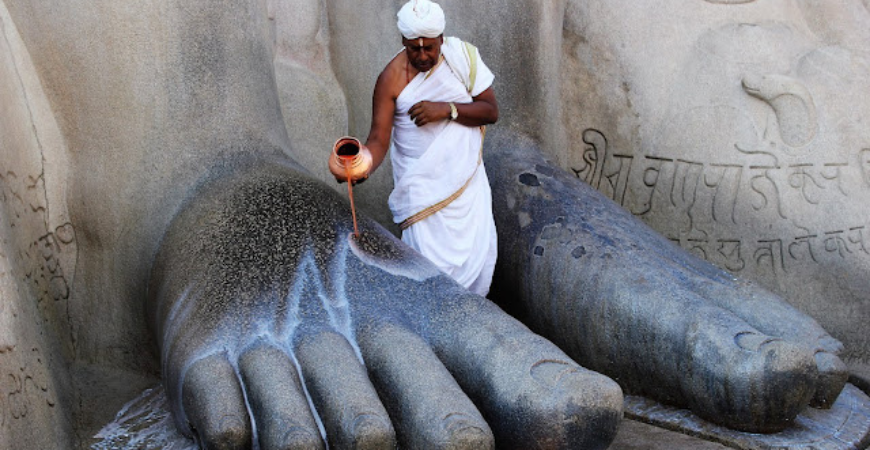

03 Apr 2025
Jain Rituals and Traditions at Shravanabelagola: A Closer Look
In the center of Karnataka, Shravanabelagola is more than just a beautiful hill station; it is a site that embodies the spiritual and cultural heritage of Jainism. It is of particular note for the gigantic stature of Gommateshwar Bahubali, which draws many thousands of pilgrims and visitors attracted to the sacred, cultural, and ancient place. Yet, beyond this well-known iconic statue lies the rich tapestry of ancient ritual and practice originating in Jain culture that still takes place today, providing the full potential of spiritual engagement for members of the Jain community.
The Spiritual Significance of Shravanabelagola
Shravanabelagola is of vital religious significance in Jainism, particularly as it is one of the most important pilgrimage destinations. Shravanabelagola is connected to the myth of Lord Bahubali (Gommateshwar), who attained liberation (moksha) through a life of extreme meditation and asceticism. A monumental 57-foot statue of Bahubali, carved from a single slab of granite and erected on a hill overlooking the town, symbolizes Bahubali and what is at the core of Jain philosophical and spiritual teaching—renunciation of worldly attachments, advocacy of ahimsa (non-violence), and a spiritual pursuit of self-realization.
Important Jain Ceremonies at Shravanabelagola
1. Mahamastakabhisheka: The Great Ceremony
The Mahamastakabhisheka is perhaps the most prestigious and sacred ritual performed at Shravanabelagola. The ceremony takes place once every 12 years and draws millions of pilgrims from all corners of the globe. The ceremonies include bathing the massive statue of Gommateshwar with blessed ingredients such as milk, curds, ghee, saffron, rose water, and sandalwood paste.
The bath abhisheka signifies the redemption of the soul and is given in reverent and devotional practice to the Tirthankara. Pilgrims adorn themselves in traditional clothes and enthusiastically partake in the ritual ceremony. The environment can oftentimes be rife with prayers, hymns, and many are chanting Jain mantras, providing an extreme feeling of Jainism, the essence of the ordered world.
2. Pradakshina (Circumambulation) Around the Statue
The act of pradakshina is one of the most prevalent and treasured rituals performed—walking around the Gommateshwar statue in a circle clockwise. The act runs parallel to all of life, maintaining and explaining the cyclical nature of the universe. It signifies a sense of veneration and respect and serves as a form of devotion and worship.
Pilgrims typically conduct this sequence filled with barefoot walks and prayers in sequence while allowing for prayers or mantras to roll off of the tongues where the spinning sound changes as they circle around. This method represents the emphasis on humility amongst Jains and refraining from materialism.
3. Pujas and Offerings at the Temples
There are numerous Jain temples in Shravanabelagola (such as the Chandraprabha Basadi and Krishtarama Basadi) that offer pujas (worship) daily. The normal daily puja (worship) includes offerings of fruits and flowers, burning incense, and lighting lamps while chanting and reciting sacred Jain sutras and texts, including the Jaina Sutras.
Pujas (worships with offerings) are not just acts of worship, but are also an opportunity to promote one's spiritual purification and mental focus and contemplation, leading to inner reflection. They are a way of receiving blessings for peace and enlightenment.
4. Meditation and Ascetic Practice
Meditation (dhyana) and austerity (tapas) are practiced as a spiritual path of Jainism that is well regarded. At Shravanabelagola, many pilgrims engage in a meditative state while remaining still under the shaded canopy of ancient trees and by sacred temples.
Some even go as far as to practice austerities—engaging in long periods of fasting or silence—as an expression of the ideal of self-control and renunciation from worldly pursuits of desire, as well as practicing levels of self-control.
5. The Snaana Ritual (Holy Bathing)
Another ritual of significance is the "snaana," or the holy bathing ritual, which is part of the Mahamastakabhisheka. Devotees will perform similar acts at smaller shrines where holy idols are bathed (immersed) in holy water, milk, and other sacred materials.
"Snaana" acts as a symbolic cleansing of sins as well as cleansing and renewing a devotee's spirit.
The Role of Jain Monks and Scholars
Jain monks, or acharyas or sadhus, are important figures in helping believers with these rituals. Monks possess considerable knowledge of Jain philosophy and sacred texts, and are able to explain and share their knowledge about the significance of the rituals. They encourage the Jain pilgrims to embody compassion, non-violence (ahimsa), and truthfulness (satya).
Monks often also lead a lecture (pravachan) and/or discussion on Jain principles during festivals and occasions, sharing teachings that may be relatable to the lay or faith-based community and those who are interested in learning.
Shravanabelagola: A Tradition Alive
For any visitor to Shravanabelagola, witnessing the rituals of the temple is not just a cultural experience; it is a connection to the transcendent ethics of Jain religion—maybe a flicker of inner peace in the stillness of the moment.
Leave a Reply
Explore by Categories
Most Viewed Blogs
Tags
Location
State







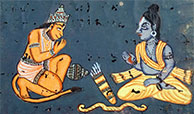
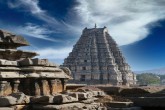


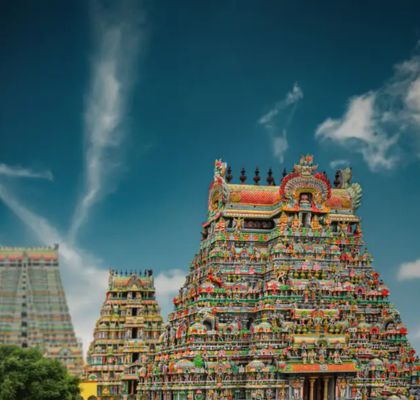
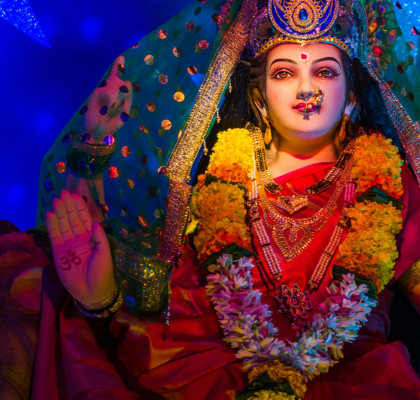
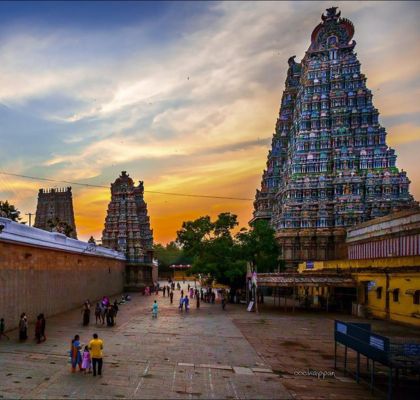
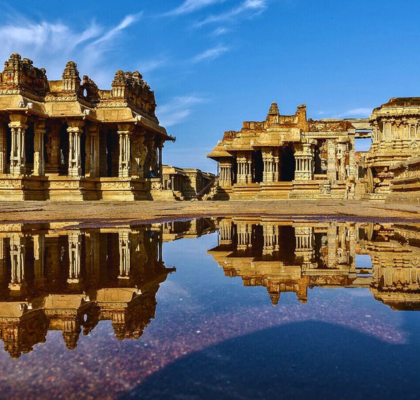
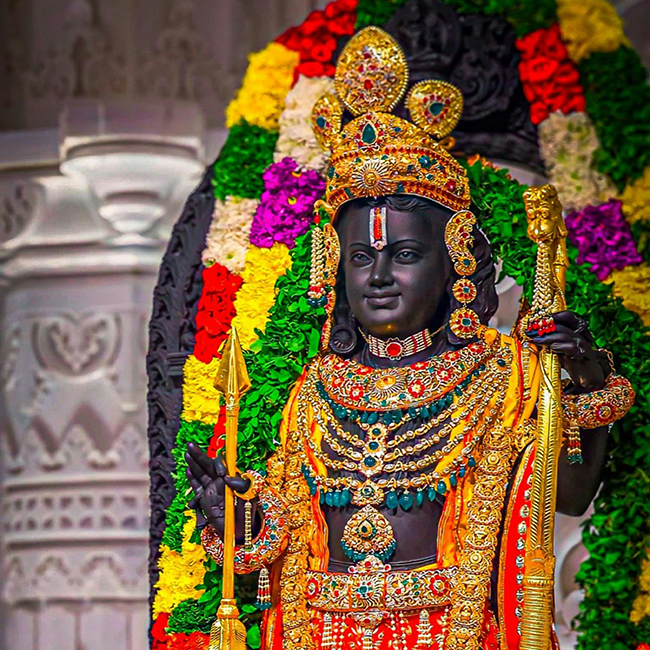
.jpg)

